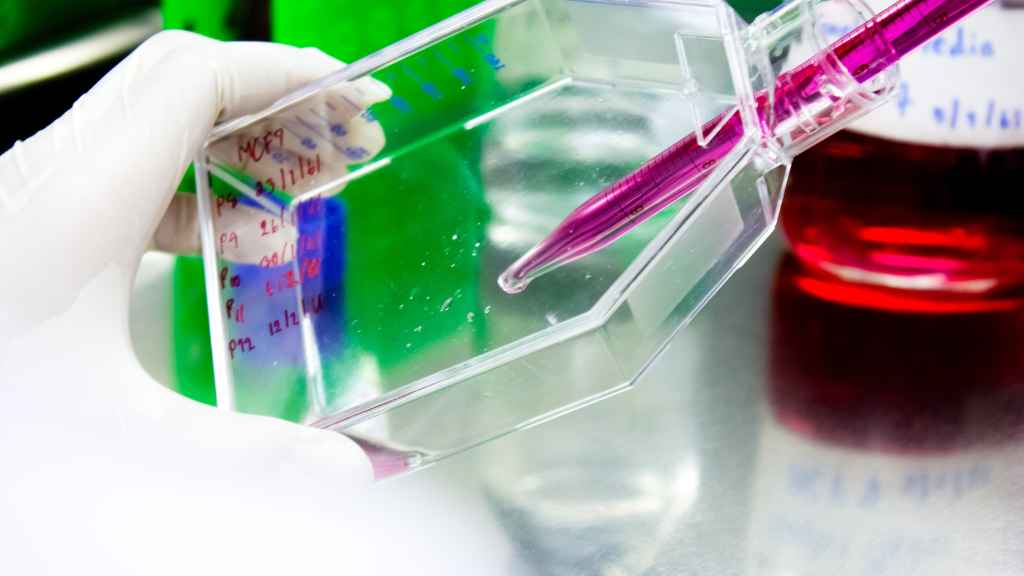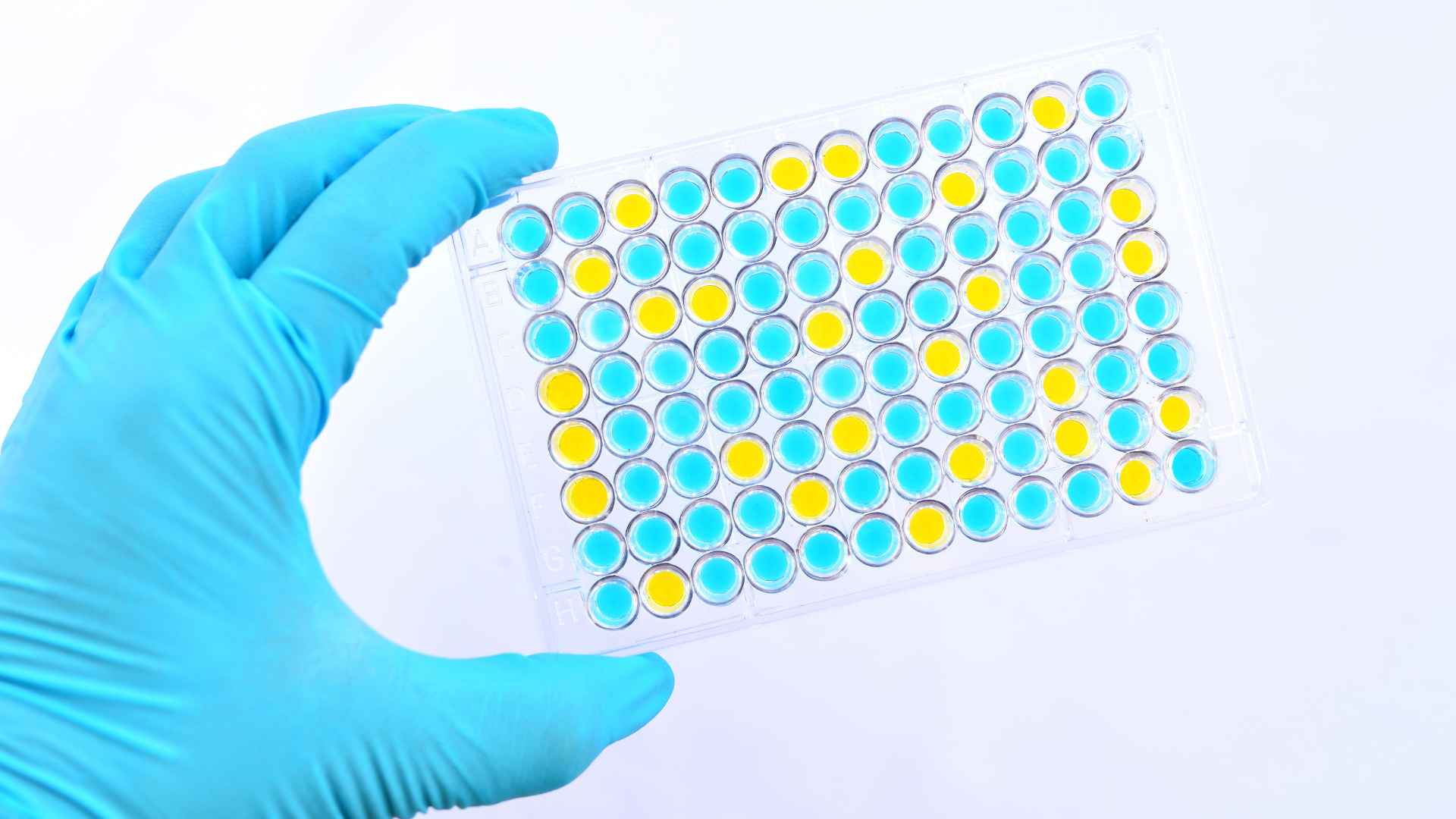In the area of medical research, understanding how wounds heal is crucial for developing new treatments and therapies. The in vitro wound healing assay stands out as a pivotal technique, providing scientists with a window into the complex process of cellular migration and tissue regeneration.
This assay mimics the wound healing process in a controlled environment, allowing researchers to scrutinize the effects of various compounds on cell movement and proliferation. It’s not just about observing; it’s about revealing the secrets of how our bodies repair themselves after injury. Through this lens, scientists are paving the way for breakthroughs in regenerative medicine and wound care.
What is the In Vitro Wound Healing Assay?
The In Vitro Wound Healing Assay, often termed as the scratch assay, serves as a pivotal technique in the domain of regenerative medicine and cellular biology. This assay allows researchers to mimic a wound healing process on a microscopic scale, using cultured cells. By creating a ‘scratch’ or gap in a confluent cell monolayer, scientists can study the mechanisms by which cells migrate to close this gap, mirroring the wound healing process in organisms.
Da-Ta Biotech leverages this sophisticated assay to offer insights into the intricate process of cellular migration and proliferation, crucial elements of wound repair. Their state-of-the-art laboratory, equipped with a comprehensive collection of human and rodent cell lines, facilitates the study of various aspects of the healing process under controlled conditions. This is instrumental in investigating not just basic cellular responses but also the effectiveness of potential pharmacological agents in promoting or inhibiting wound healing.
With the in vitro wound healing assay, Da-Ta Biotech supports an array of applications, from the evaluation of drug efficacy in accelerating wound closure to understanding the pathological mechanisms underlying impaired wound healing in disease models. Researchers seeking to assess the therapeutic potential of new compounds or natural products find Da-Ta Biotech’s services invaluable. By choosing Da-Ta Biotech, clients benefit from robust protocols designed to yield replicable, reliable results. Also, the flexibility to adapt client-specific standard operating procedures (SOPs) or protocols ensures that the unique needs of every research project are meticulously met, without the financial burden of establishing a dedicated research facility.
Da-Ta Biotech’s in vitro wound healing assay is a cornerstone in the advancement of wound care and regenerative medicine, providing critical insights that help drive the development of innovative treatments. Through their comprehensive in-house testing capabilities and expert guidance, Da-Ta Biotech fosters an environment where groundbreaking discoveries in wound healing can flourish.
Why is studying wound healing important in medical research?
Understanding the mechanisms behind wound healing is critical for advancing medical research and treatment options. This importance is multifaceted, touching on several crucial areas of health care and biomedical development.
Firstly, wound healing is a fundamental biological process that involves a complex interplay between various cell types, extracellular matrix components, and signaling molecules. These interactions are essential for maintaining skin integrity, which is the body’s primary barrier against infection and environmental threats. Disruptions in the wound-healing process can lead to chronic wounds, which are a significant burden on the healthcare system and have been associated with decreased quality of life for affected individuals.
Chronic wounds, such as diabetic foot ulcers and pressure sores, represent a growing health concern worldwide. They are characterized by their failure to proceed through the normal stages of healing, often resulting in prolonged inflammation, infection, and even amputation in severe cases. So, research into the underlying mechanisms of wound healing can provide insights into new treatment strategies for these conditions.
Also, wound healing research has broad implications beyond treating skin injuries. It provides valuable information for developing advanced therapies in regenerative medicine. By understanding how cells migrate, proliferate, and differentiate during the healing process, scientists can devise innovative approaches to tissue engineering and organ repair. These developments hold the promise of restoring function to damaged tissues and organs, opening new avenues in medical treatment.
In the context of pharmaceutical development, the in vitro wound healing assay plays a pivotal role. It allows researchers to evaluate the efficacy of new drugs and compounds on the healing process. By simulating wound healing in a controlled environment, scientists can identify potential therapeutics that accelerate healing, reduce scar formation, or modulate the inflammatory response. This assay is an indispensable tool for screening drug candidates and understanding their mechanisms of action.
Da-Ta Biotech leverages the in vitro wound healing assay in their state-of-the-art laboratory facilities. Through this assay, they support a wide array of applications, from drug efficacy evaluation to the study of impaired wound healing in disease models. Their expertise in cell-based assays provides a comprehensive platform for researchers aiming to unravel the complexities of wound healing and translate these findings into clinical innovations.
How does the In Vitro Wound Healing Assay work?
The In Vitro Wound Healing Assay, commonly referred to as the “scratch assay,” is a fundamental technique used to study cell migration and wound closure. This assay mimics the cell movement during wound healing in vivo, providing critical insights into the molecular mechanisms involved in tissue repair and regeneration.
The Process Breakdown
The process begins with cells being cultured in a monolayer within a petri dish or multi-well plate. Upon reaching confluence, a “scratch” is made through the monolayer using a sterile pipette tip or similar instrument, simulating a wound. This disruption allows researchers to observe and measure the process of wound closure as the cells migrate to fill the scratched area.
- Initial setup: Culturing cells to confluence.
- Wound creation: A sterile tool is used to create a uniform scratch.
- Migration and observation: Following the scratch, cell migration is monitored, and images are captured at various time points.
Key Steps in Analysis
The area of the wound is then observed and analyzed over time using microscopy and image analysis software. Key metrics such as the rate of wound closure and the total area of wound healing provide valuable data.
- Image capture: Utilizing microscopy to document the wound healing process.
- Software analysis: Employing advanced software to quantify the rate of wound closure.
Significance in Research
Understanding how cells migrate to close wounds is paramount in advancing medical treatments for injuries and diseases characterized by impaired healing. The In Vitro Wound Healing Assay becomes a critical tool in evaluating the efficacy of compounds that may accelerate or inhibit the healing process, such as in the development of new pharmaceuticals or therapeutics aimed at enhancing wound healing.
Incorporating this assay into research protocols offers a controlled, reproducible method to dissect the complex biological mechanisms of wound repair. Through precise observations and measurements, researchers can glean insights not only into the healing process but also into the potential for interventions that could lead to improved outcomes for patients experiencing wound healing challenges.
Advantages and limitations of the In Vitro Wound Healing Assay
The In Vitro Wound Healing Assay, widely recognized for its role in the advancement of wound healing and cell migration studies, brings a set of notable advantages and limitations to the research table.
Advantages
One of the key strengths of this assay is its Simplicity and High Reproducibility. With minimal equipment and straightforward procedures, it allows for easy implementation in various laboratory settings. This assay provides researchers with a cost-effective method to assess the efficacy of compounds that may enhance wound healing. Also, its reproducibility makes it an attractive option for studies requiring validation of biological processes associated with wound repair.
Another advantage is its Real-time Monitoring capability. Researchers can directly observe and quantify the process of wound closure and cell migration over time. This opportunity for dynamic observation offers valuable insights into the biological mechanisms underlying wound repair and the effects of different treatments.
Limitations
Even though its benefits, the In Vitro Wound Healing Assay is not without its drawbacks. One of the primary limitations is the Lack of Complexity. The assay does not fully replicate the intricate environment of an actual wound, which includes various cell types, extracellular matrix components, and biochemical signals. This simplicity can limit the assay’s ability to predict the efficacy of potential treatments in more complex biological systems.
Besides, the analysis of results can be Subjective. Variability in the manual scratching method and the interpretation of wound closure can introduce bias, affecting the assay’s accuracy and reliability. This highlights the importance of employing standardized protocols and advanced imaging techniques to mitigate subjectivity.
Summarizing, while the In Vitro Wound Healing Assay provides a valuable tool for understanding wound repair and screening potential healing compounds, researchers must consider its limitations. They should complement this assay with other models to gain a comprehensive understanding of the wound healing process and the effectiveness of therapeutic interventions.
Potential applications and implications in regenerative medicine and wound care
The In Vitro Wound Healing Assay stands at the forefront of research and development in regenerative medicine and wound care, offering unparalleled insights into the mechanisms underlying cell migration and wound repair. This assay’s utility extends beyond basic research, influencing both therapeutic strategies and the development of new treatments aimed at enhancing wound healing and tissue regeneration.
In the area of regenerative medicine, the assay’s ability to accurately mimic the wound healing process allows researchers to evaluate the efficacy of novel compounds and biomaterials in promoting tissue repair and regeneration. These findings are crucial in the design of advanced therapeutic interventions, including the development of biocompatible scaffolds and drug delivery systems that can be tailored to accelerate the healing process in a controlled manner.
Also, the assay provides a valuable tool for the assessment of growth factors, cytokines, and other bioactive molecules on wound closure rates. By understanding how these compounds influence cell behavior, scientists can develop targeted therapies that significantly improve wound healing outcomes in clinical settings.
In wound care, the In Vitro Wound Healing Assay serves an essential role in the formulation and optimization of new wound dressings and treatments. The assay’s ability to replicate key aspects of the wound healing environment makes it possible to screen for materials and substances that can effectively support the healing process, reduce infection rates, and minimize scar formation.
Even though its simplicity, the assay’s implications are far-reaching, offering a glimpse into the future of wound care where treatments are not only designed to heal but to regenerate. Through this lens, the In Vitro Wound Healing Assay acts as a bridge between current wound care practices and the next generation of regenerative therapies, paving the way for innovations that could one day transform patient outcomes in wound management and beyond.
Conclusion
The In Vitro Wound Healing Assay stands as a pivotal tool in the area of cell migration and wound repair research. Its application extends beyond basic scientific inquiry into the practical fields of regenerative medicine and wound care. By offering a straightforward and reproducible method for studying cell migration, the assay empowers researchers to investigate into the intricacies of wound healing. Even though its limitations, when combined with other models, it provides valuable insights that are instrumental in advancing therapeutic strategies. As the scientific community continues to explore and understand the complex mechanisms of wound repair, the In Vitro Wound Healing Assay will remain an essential asset. It not only aids in the evaluation of new treatments but also in the development of innovative solutions that promise to improve patient care in wound management and regenerative medicine.







